What if the cucumbers are not blooming?
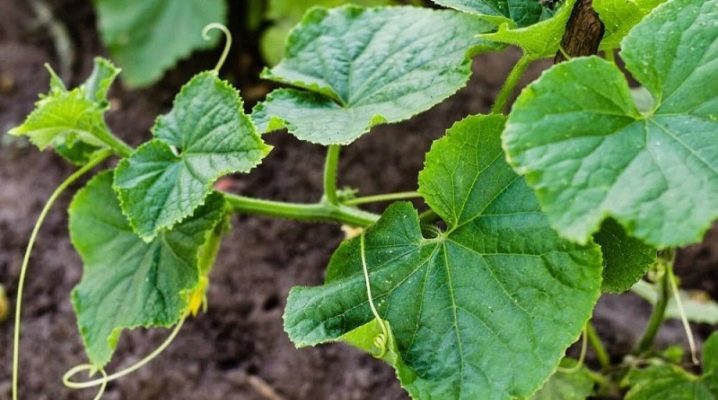
As a rule, the first inflorescences on cucumbers hatch 30-45 days after planting the seeds. But what if it is already the second half of June in the yard, and the cucumbers are not even going to bloom yet? This article examines in detail the reasons for this problem, which is urgent for many summer residents, and possible ways to solve it.
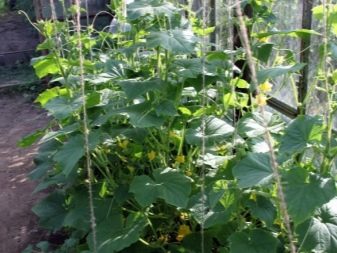
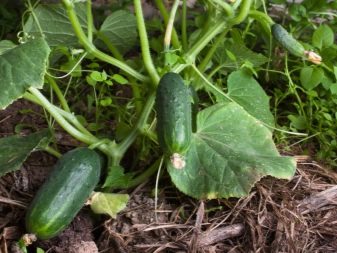
Bad conditions
The most obvious reason cucumbers don't bloom is because of poor conditions. Wherever you grow a plant - in a greenhouse, on a balcony, in the open field, on a windowsill or in a greenhouse - in any place you can and should provide cucumbers with the most favorable environment for growth and fruiting. This includes a number of factors.
- The air temperature is 23-30 ° С during the day and 18-20 ° С at night. Cucumbers are native to humid tropical countries and are very fond of warmth. At temperatures below 15 ° C, they simply stop growing, so in the northern and middle latitudes it makes sense to grow cucumbers in a greenhouse or under a film cover. However, it should be remembered that heat (35-40 ° C and above) is also detrimental to this culture. At high temperatures, cucumbers need abundant watering, sprinkling and sun protection, and greenhouses need to be regularly ventilated.
- Compliance with the distance between landings. The distance between the bushes should be 40-60 cm. If the planting is too dense, the plants will not be able to get enough light and air. If there is little space on the site, you can save space by growing cucumbers in barrels or on a trellis.
- Optimal soil type. Cucumbers are capricious plants and extremely demanding on the soil. It should be loose, well moisturized, with a pH level of 6.2-6.8 and a minimum nitrogen content. Although nitrogen accelerates the growth of cucumbers, it leads to the death of inflorescences and a decrease in yield.
- Adequate lighting. When growing seedlings, you should provide the sprouts with 12-14 hours of daylight. With a lack of light, the crop falls. Therefore, when growing cucumbers at home on the balcony, take care of buying a phytolamp.
- Correct neighbors... They should have the same soil and climate requirements as cucumbers, but at the same time they should not share pests with them or inhibit their growth. Therefore, the best neighbors for cucumbers are corn, cabbage, beets, spinach, calendula, nasturtium, grapes, peas, beans, lentils, onions, and celery.
But potatoes, zucchini, tomatoes, herbs (with the exception of dill), pumpkins, watermelons, melons, eggplants and peppers should not be grown in the same garden with cucumbers.
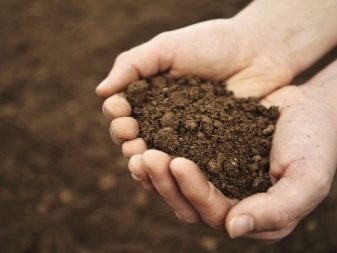
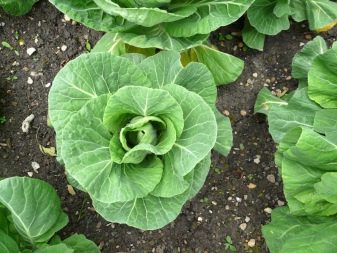
Improper care
If the cucumbers grow, but do not bloom, then it may be due to improper care. It should be remembered that the water for watering cucumbers must be warm - at least 25 ° C. Moreover, before flowering, the soil should be irrigated abundantly, but during flowering, watering is temporarily stopped in order to stimulate the growth of female ovaries. During fruiting, the soil is moistened again, otherwise the cucumbers will taste bitter.
As for fertilizers, you should not use preparations with nitrogen content. An excess of nitrogen in the soil leads to a deficiency of phosphorus and potassium, and as a result, only barren flowers are formed on cucumbers. You can water the cucumbers for flowering with a special solution - 15 grams of wood ash is diluted in 10 liters of water and insisted for a week. In addition, if there is no color, you can feed the plant with milk and iodine. To do this, combine 10 liters of warm water with a liter of low-fat milk and add 25 drops of iodine to the solution.Milk contains potassium, calcium, phosphorus and beneficial lactobacilli, and iodine will serve as additional protection against pests and diseases. This organic feeding is done 4-5 times a season.
The soil for cucumbers has been prepared since autumn. The soil is dug up, fertilized with ash and sulfate. In the spring, before planting, the soil is fertilized with humus and manure. If the cucumbers bloom, but the ovaries do not appear, the reason is insufficient pollination. In this case, it is necessary attract pollinating insects, spraying the plant with sugar water, or pollinate the flowers yourself with a soft brush or a piece of cotton wool. But if the ovaries suddenly stopped growing, the cold and dampness are to blame, so you need to monitor the temperature regime. Low temperatures are especially dangerous at night.
It is best to grow cucumbers in a greenhouse or on a loggia. When growing in open ground, care should be taken to cover the plant with agrofibre and mulch the soil, and in cool weather, foliar dressing should be carried out.
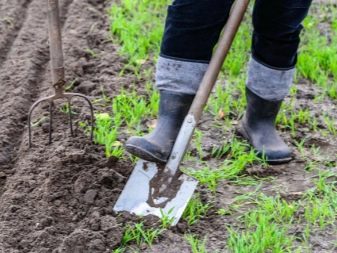
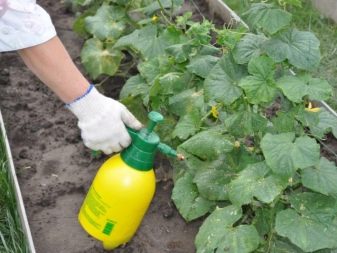
Diseases and pests
Cucumbers are prone to phyto-diseases typical for all melons and gourds. These are powdery mildew, anthracnose, fusarium wilting, peronosporosis, gray and white rot, cucumber mosaic and bacteriosis.... The main cause of diseases is excess moisture during rainy summer periods, irrigation with cold water and non-compliance with crop rotation in the area.
Susceptible to cucumbers and pests. Slugs and snails love to devour young leaves, aphids suck juice from a plant and spread diseases, and in addition, cucumbers are quickly destroyed by whiteflies, bears and spider mites. To protect the crop from diseases and pests, it is necessary to choose varieties and hybrids of cucumbers that are resistant to most diseases. This does not guarantee that the plant will never get sick at all, but it significantly reduces the risks due to a more powerful root system, abundant vegetative growth and good immunity.
It is necessary to alternate planting, because each plant affects the condition of the soil in a different way. If you grow one crop for a long time in the same place, it will inevitably lead to diseases. For cucumbers, you should choose those parts of the garden where cabbage, onions, legumes or nightshade crops were grown last year.
It is also recommended to adhere to the following rules.
- Thoroughly weed and remove remnants of previous plantings.
- Apply fertilizers on time, treat plants with insecticides and fungicides.
- Dig up and loosen the soil.
- Disinfect greenhouses.
- Regularly inspect plantings for pests: slugs and snails must be collected and destroyed by hand.
- Remove dry leaves, wilted ovaries and rotten fruits.
- Observe the watering regime, maintain the optimal temperature and the flow of fresh air.
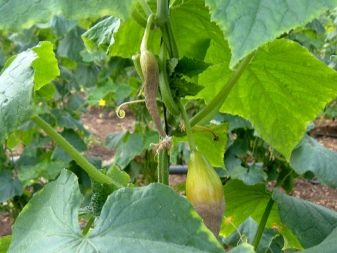
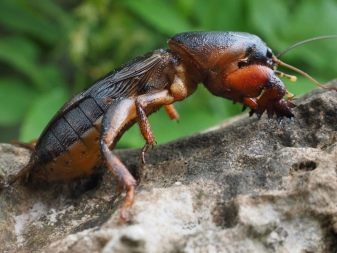
Prevention measures
To prevent the formation of barren flowers on cucumber lashes, the following instructions must be followed.
- Use seeds with an aging of 2-3 years for planting, since young seeds give the most barren flowers. If there is no other way out how to use the seeds from last year's collection, then it is necessary to pre-soak them for 30 minutes in a weak solution of potassium permanganate, and then dry thoroughly for a month.
- Water the cucumbers only with warm, previously settled water. Watering is best done in the morning before midday heat or in the evening before dark. In the heat, you need to water cucumbers twice a day.
- Do not thicken the planting... Female flowers will not form if the plants are uncomfortable, and they will be forced to compete with each other for a place in the sun.
- Carry out pinching regularly, remove in time all unnecessary, weak and withering elements of the plant, correctly form cucumber lashes.
- Do not forget about care and feeding with organic fertilizers. The preparations "Ovary" and "Buton", which promote the formation of full-fledged ovaries, have proven themselves well.
- Observe the temperature regime, avoiding hypothermia and overheating of plants.
- Take care of pollination. And for cultivation in greenhouses, it is better to choose self-pollinated varieties.
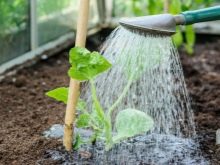

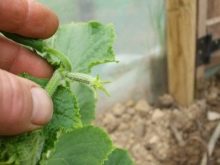












The comment was sent successfully.